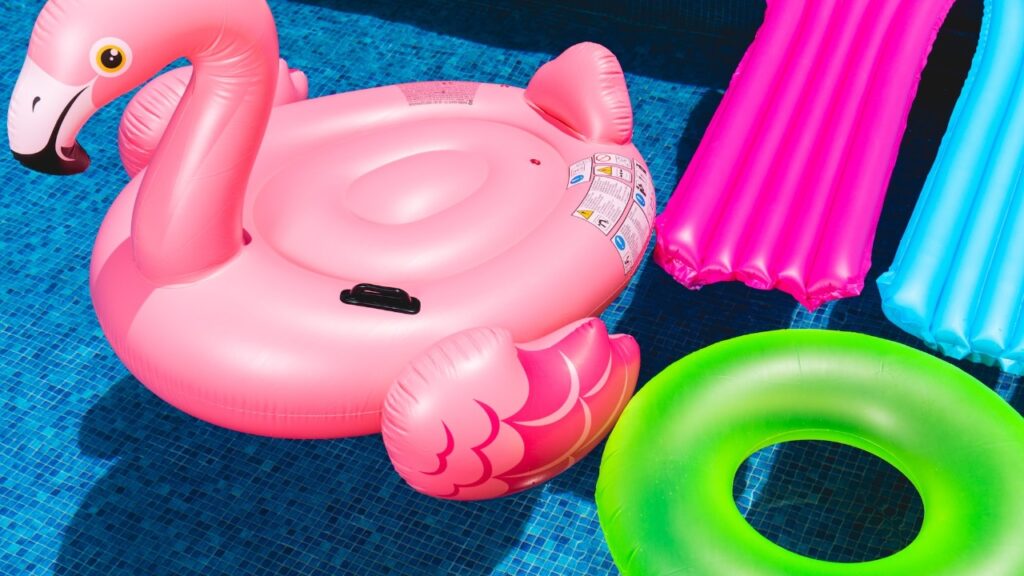The time it takes to fill up a pool with a garden hose can vary significantly depending on several factors, including the pool’s size, the water flow rate of the hose, and the water pressure. In this comprehensive guide, we will explore these factors and provide an estimate of how long it may take to fill a pool with a garden hose under different conditions.
1. Pool Size:
The size of your pool is a crucial factor that determines how long it will take to fill it with a garden hose. Pools come in various sizes, ranging from small inflatable or above-ground pools to large in-ground swimming pools. The larger the pool, the more water it can hold, which means it will take longer to fill.
2. Water Flow Rate:
The water flow rate of your garden hose is the volume of water it can deliver in a specific amount of time. It is typically measured in gallons per minute (GPM). The flow rate of a hose can vary depending on its diameter and the water pressure in your area. Standard garden hoses are usually available in 1/2-inch, 5/8-inch, or 3/4-inch diameters.
3. Water Pressure:
Water pressure refers to the force at which water is supplied through your garden hose. Higher water pressure can significantly affect the water flow rate. It’s important to note that water pressure can vary from one location to another, and it may also fluctuate during different times of the day.
4. Calculating Fill Time:
To estimate the time it takes to fill your pool, you’ll need to consider the pool’s size, the flow rate of your garden hose, and the water pressure. Here’s how you can calculate the fill time:
Step 1: Determine Pool Volume:
You’ll need to know the volume of your pool in gallons. This information is typically provided in the pool’s specifications or documentation. If you’re unsure, you can calculate the volume using the pool’s dimensions (length, width, and depth) and a formula for calculating the volume of a rectangular or cylindrical pool.
Step 2: Measure Water Flow Rate:
To measure the flow rate of your garden hose, you can use a simple method:
- Place a large container, such as a 5-gallon bucket, at the end of your hose.
- Turn on the hose at full blast and let it fill the container.
- Measure the time it takes to fill the container completely.
The time measured in minutes (e.g., 2 minutes) represents the flow rate of the hose in gallons per minute (GPM). For example, if it took 2 minutes to fill a 5-gallon container, the flow rate is 2.5 GPM.
Step 3: Calculate Fill Time:
Now, you can calculate the estimated fill time for your pool using the following formula:
Fill Time (in hours) = Pool Volume (in gallons) ÷ Flow Rate (in GPM) ÷ 60
For example, if you have a pool with a volume of 10,000 gallons and a garden hose with a flow rate of 5 GPM, the estimated fill time would be:
Fill Time = 10,000 gallons ÷ 5 GPM ÷ 60 = 33.3 hours
So, it would take approximately 33.3 hours to fill a 10,000-gallon pool with a garden hose with a flow rate of 5 GPM.
5. Additional Considerations:
Several additional factors can affect the fill time of your pool:
Temperature: If you’re filling your pool with cold water, it may take longer to reach a comfortable swimming temperature, especially for larger pools.
Water Conservation: Be mindful of water conservation, especially in areas with water restrictions. You can reuse pool water for other purposes, such as irrigating your garden, to minimize water wastage.
Filling Strategy: You can speed up the filling process by using multiple hoses or by adjusting the water flow rate if your hose has an adjustable nozzle. However, be cautious not to exceed your water supply capacity or water pressure limits.
Maintenance: While filling your pool, monitor the water level to prevent overfilling. Additionally, make sure the hose doesn’t become kinked or tangled during the process.
6. Tips for Efficient Filling:
To make the pool-filling process as efficient as possible, consider the following tips:
- Use a garden hose with a larger diameter (e.g., 3/4-inch) to increase the water flow rate.
- Choose a hose with a higher flow rate (GPM) for faster filling.
- Check and clean the hose’s nozzle or filter to ensure unrestricted water flow.
- Monitor the water level throughout the filling process to avoid overfilling.
- Consider filling your pool during off-peak hours to maximize water pressure.
- Plan ahead and start filling your pool with ample time before you intend to use it.
7. Conclusion:
The time it takes to fill a pool with a garden hose can vary widely based on factors such as pool size, water flow rate, and water pressure. By calculating the fill time using the formula provided and considering additional factors, you can plan and manage the pool-filling process more effectively. Keep in mind that while it may take some time to fill a pool, the anticipation of enjoying your pool’s refreshing water and relaxation makes the process worthwhile.


